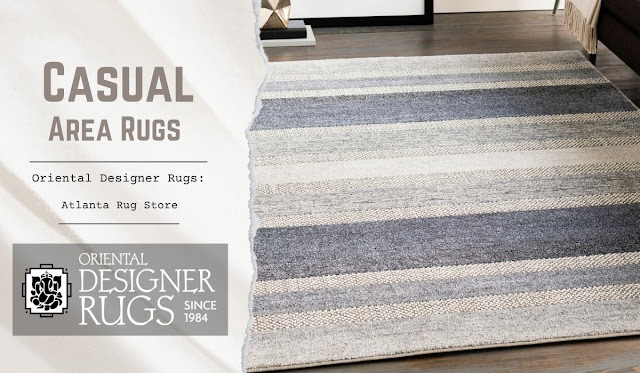Get the Perfect Modern Rugs for Your Living Room
Give your living room a complete makeover with Modern Rugs We're always looking for new ways to dress up our living room decor that are both simple and modern. If you only have one item to add to make a big impact in your space, an area rug is a great option. Modern rugs in your living room can bring all of your accent colors together, add patterns to a neutral color palette, or soften sharp edges in a contemporary space. Things to keep in mind while buying a modern rug for a living room- Size : Make sure the rug is the right size for the room. Color : Your new rug should include at least two of your accent colors. Comfort : Select a rug that appeals to you, but make sure it is comfortable to walk on. Here are some lovely living room rug ideas to get you started: 1. Fashion a seaside vibe with a stunning blue rug. The good news is that almost every rug style is nearly neutral, with color over pattern taking precedence. When looking for a new living room rug, measure your seating


